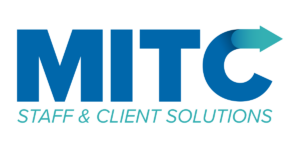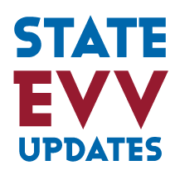Over a hundred providers in Ohio owe a combined $33.3 million for non-reimbursable Medicaid services.
The Ohio Auditor of State, Dave Yost, audited 121 Medicaid providers between 2011 and 2017. He found that home health providers are responsible for 62 percent of the overpayments. Independent personal care aides and HCBS services are responsible for 5 percent.
In February, Yost released a special report to address these overpayments. According to the report, the three primary causes of overpayment were: inadequate provider qualifications, incomplete documentation, and lack of service authorization.
Providers in all states can remain audit-ready by using targeted workforce management tools to avoid these common causes of overpayment. All providers are at risk; although some intentionally manipulate their processes to receive more money, others simply have disorganized or inefficient processes. Even honest organizations are susceptible to documentation mistakes or billing errors.
Training and certifications
“It takes an unparalleled level of trust to place your life or that of a family member into the hands of a stranger,” said Yost. To ensure agency employees are worthy of the trust they receive, auditors pay careful attention to their licenses and certifications.

If an employee delivers a service that he or she is unqualified to perform, that service is not reimbursable under Medicaid. Yost busted several agencies for this, including Personal Touch Home Care of Ohio, which employed almost 80 personal care aides who were not certified in first aid.
When agencies keep track of employee certifications on paper, the certifications can easily lapse without anyone noticing. An online training portal prevents unnoticed expirations by sending alerts to employees and managers when certifications are about to lapse. Employees can then take immediate action by signing up for re-cert classes directly from the training portal. Also, managers can always see the training and certification status of all employees at a glance.
Documentation
Providers must keep complete service records detailing the aid a client receives during every visit. If a provider cannot provide correct documentation, an auditor may determine that all or part of the reimbursements were overpayments. The same can happen if a provider’s documentation is incomplete.

In 2016, an Ohio provider had to pay back 98 percent of its reimbursements because of incomplete or incorrect documentation. Other agencies have been cited for billing multiple clients in different locations for the same service or billing for a service that was never delivered.
A documentation solution, in tandem with an automated time and attendance system, can solve these documentation problems in several ways. First, it can prompt employees to submit notes about services provided when they clock out. This ensures that staff document services immediately, since they cannot clock out without providing the notes. A paper-based time and attendance system, or one that does not generate documentation prompts, does not guard against forgetfulness.
Second, it can require employees to answer questions about the services provided, ensuring that the service documentation is complete. The system may ask how much progress a client made on an activity, whether the client was fed or bathed, what the client’s temperature or blood pressure was, or how many meals the client ate.
Automated time and attendance solutions also prevent agencies from double-billing. If a provider’s service records show overlapping services – such as multiple services billed at the same time for the same client, or one employee providing simultaneous services to clients in different locations – an automated system will highlight these discrepancies before they are processed for payroll and billing.
Service authorization

Providers cannot bill Medicaid for any services not covered in the plan of care, even if they are authorized in the future. For example, a home health care provider called Healing Touch Health Care Ltd. in Dayton billed for 430 tested services before a physician signed off on the plan of care. The provider must now repay Medicaid for these services.
Agencies can use the same software they use for documentation to compare service activities with each client’s plan of care. They can also track service hours by client to make sure they do not exceed the amount of budgeted hours for any given service.
While these capabilities help providers catch fraud and mistakes, they also help maximize the amount of authorized billing. Therefore, not only does a documentation solution prevent fraud, it also helps agencies get the most out of their funding.
Conclusion
The Ohio audits are just a few among waves of audits occurring around the country. Therefore, all providers need to prepare to withstand one. Providers with unqualified staff, missing or incomplete documentation, or poor service authorization can deploy workforce management solutions that specifically address these issues.

 2018 MITC
2018 MITC 2018 MITC
2018 MITC 2018 MITC
2018 MITC 2018 MITC
2018 MITC



 2018 MITC
2018 MITC